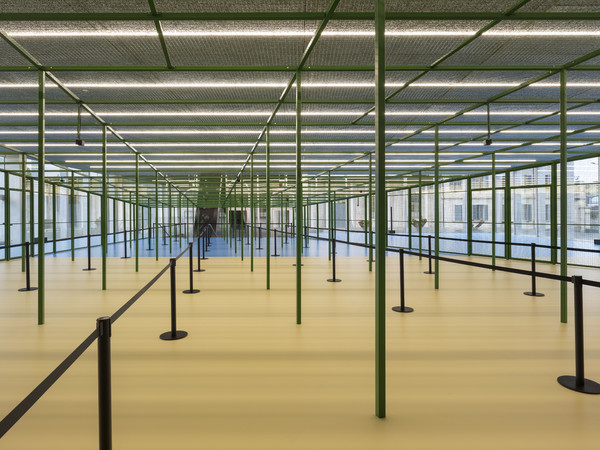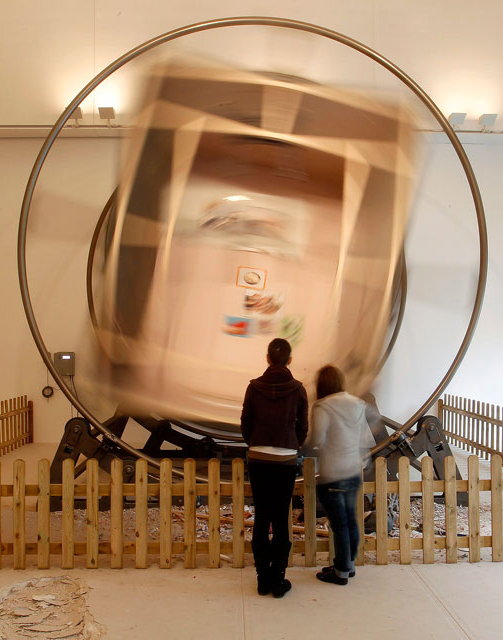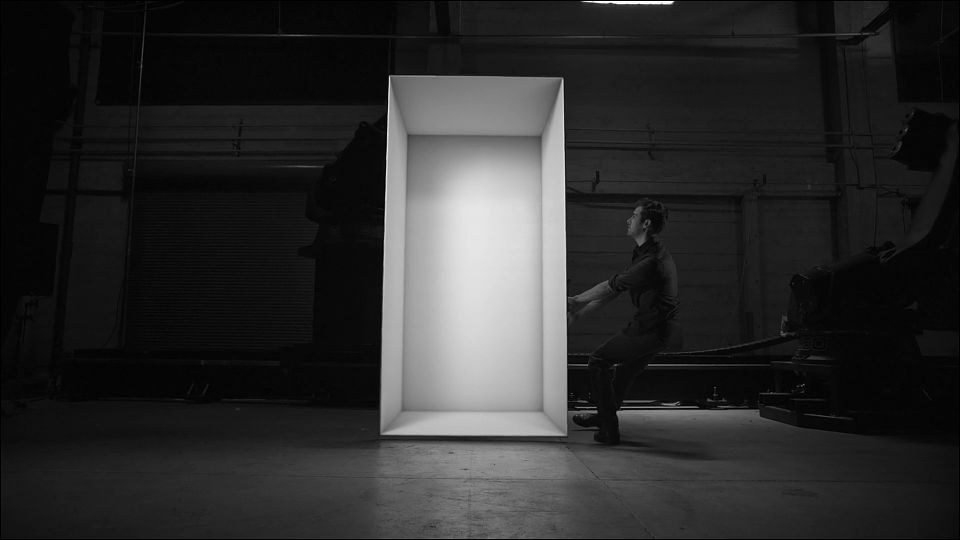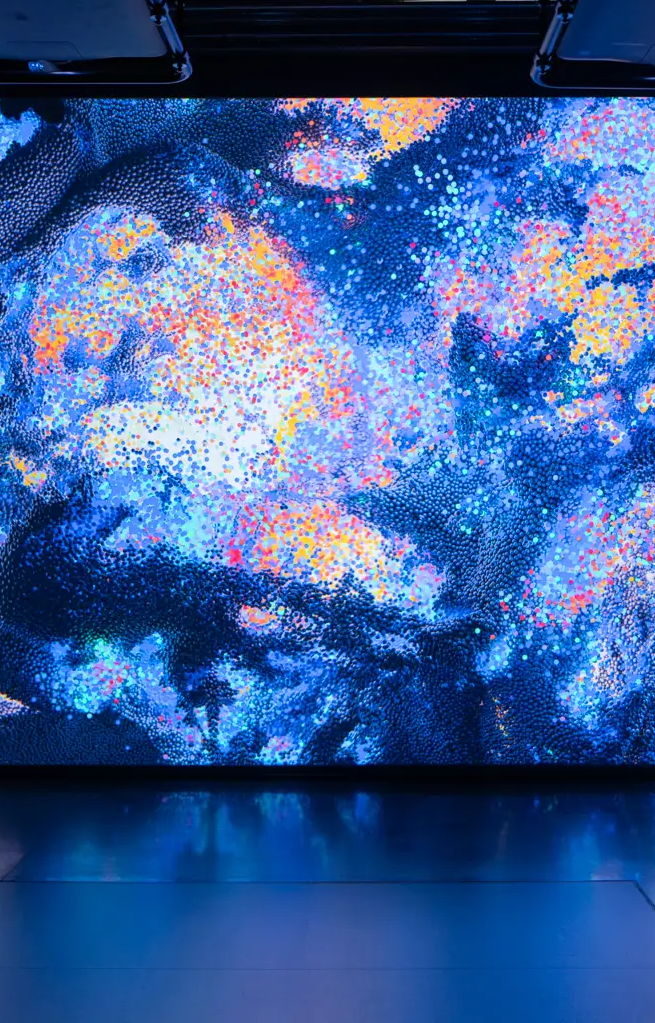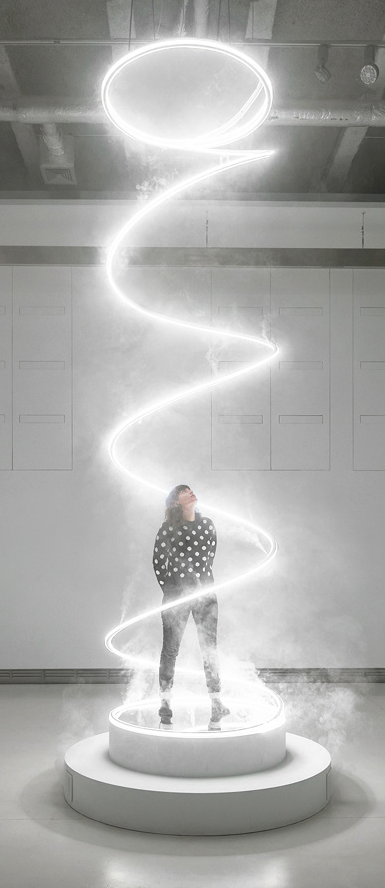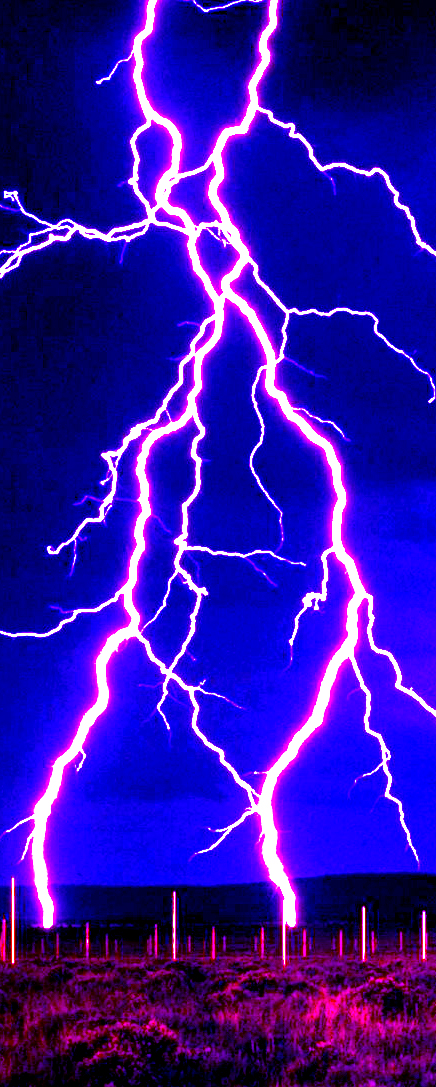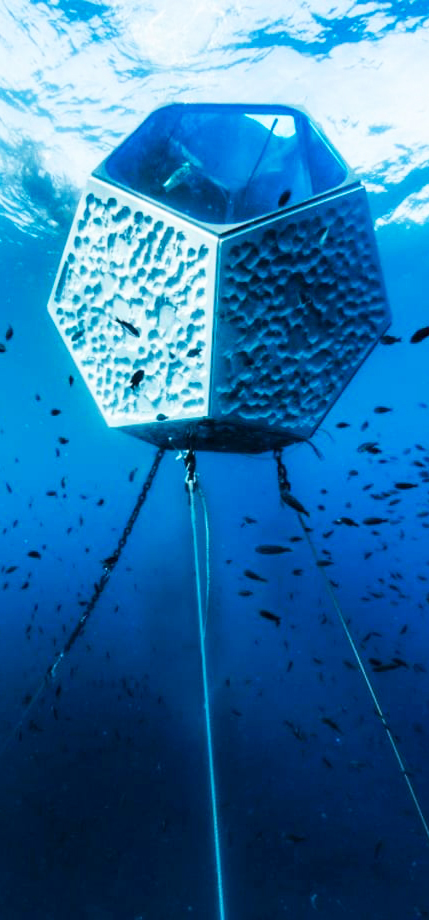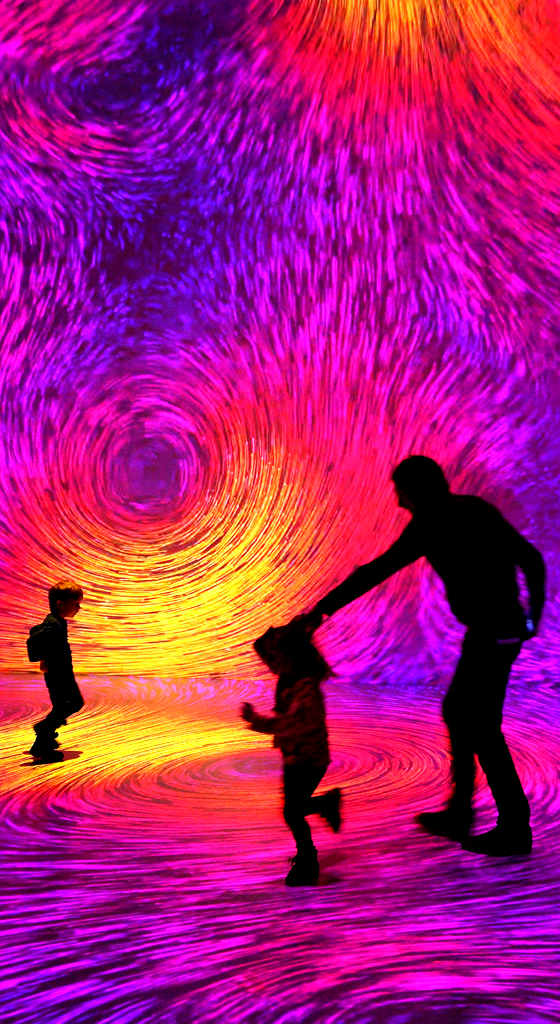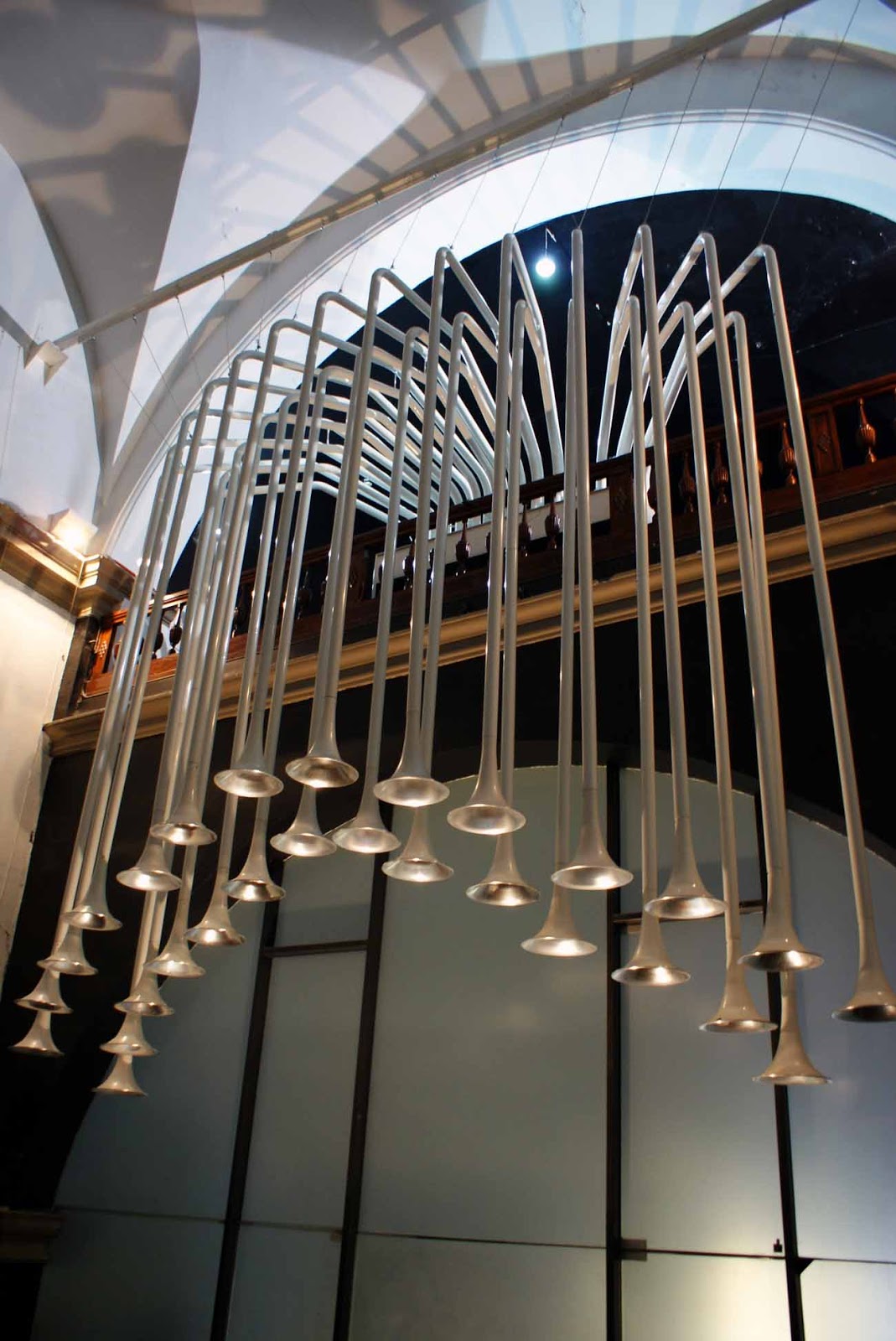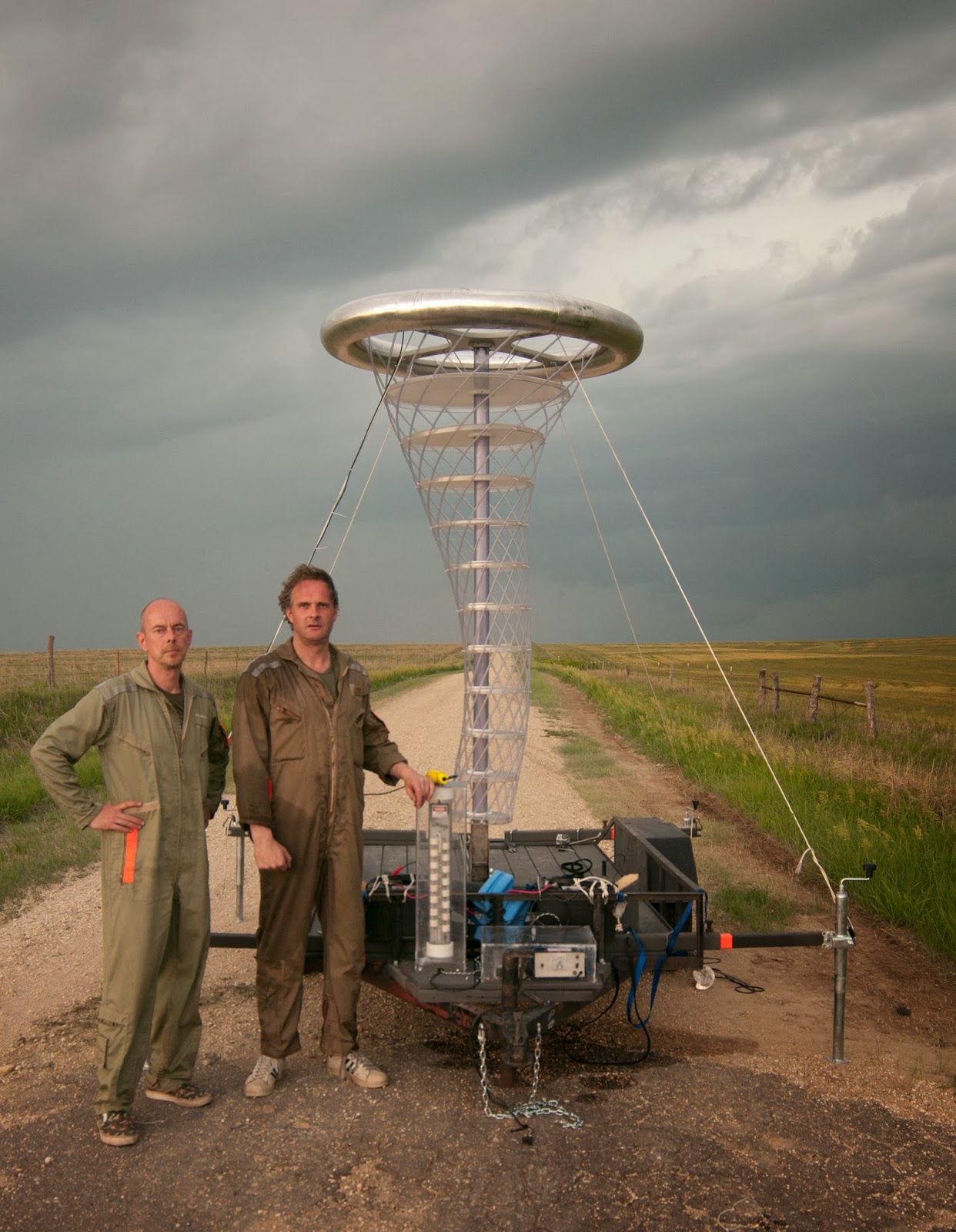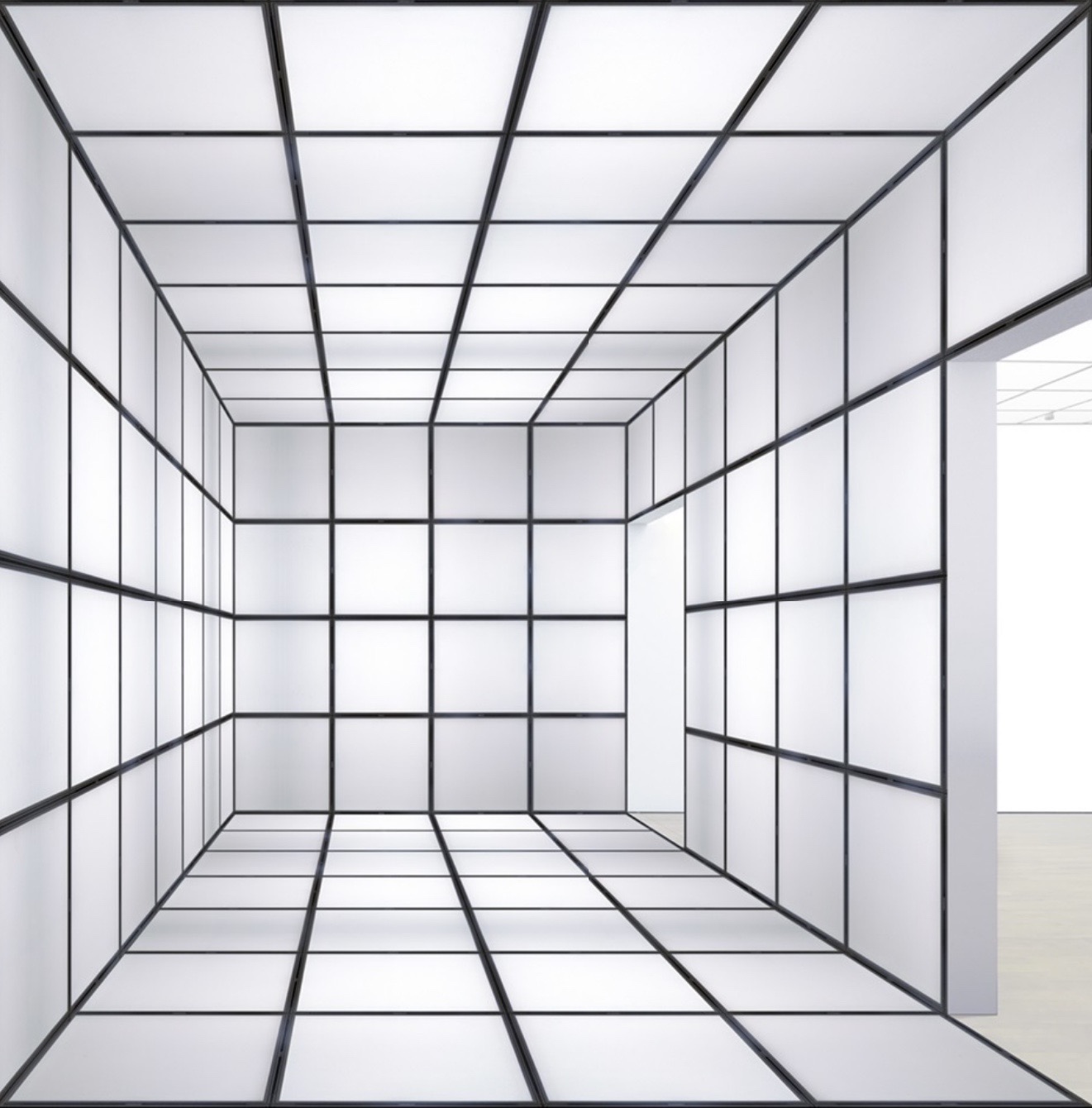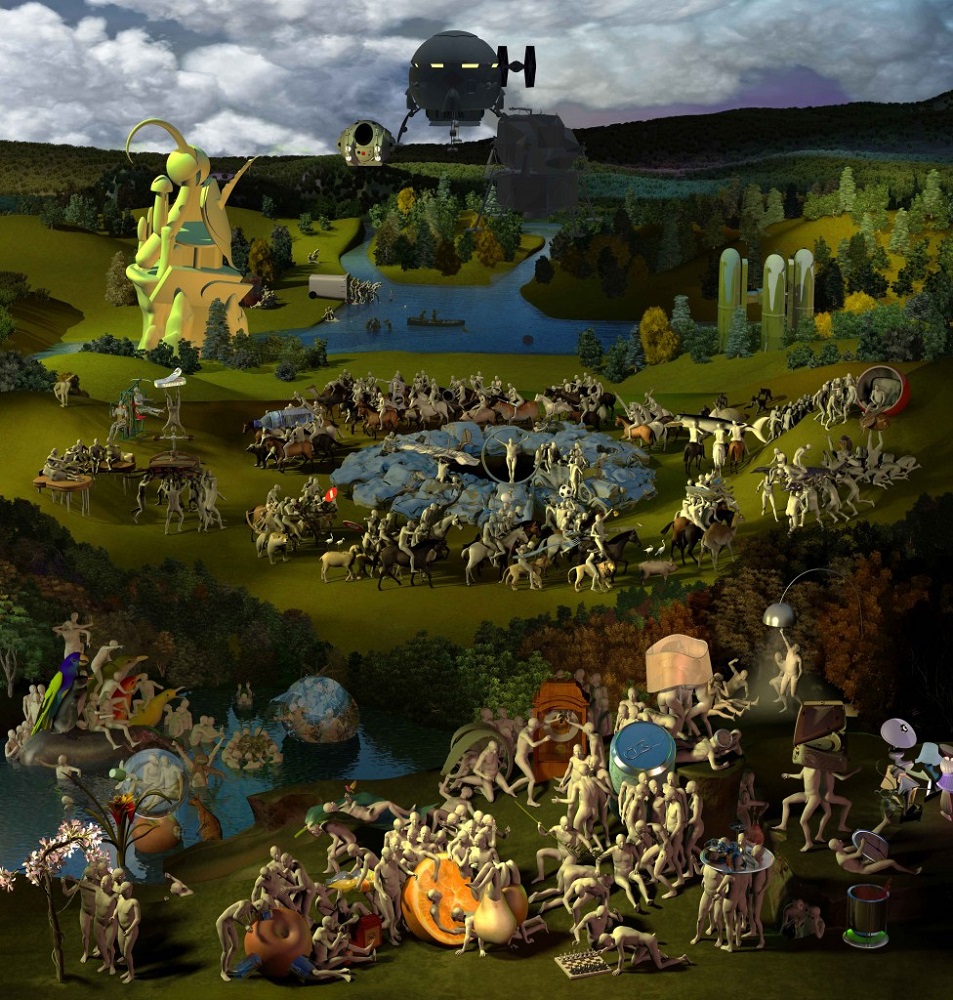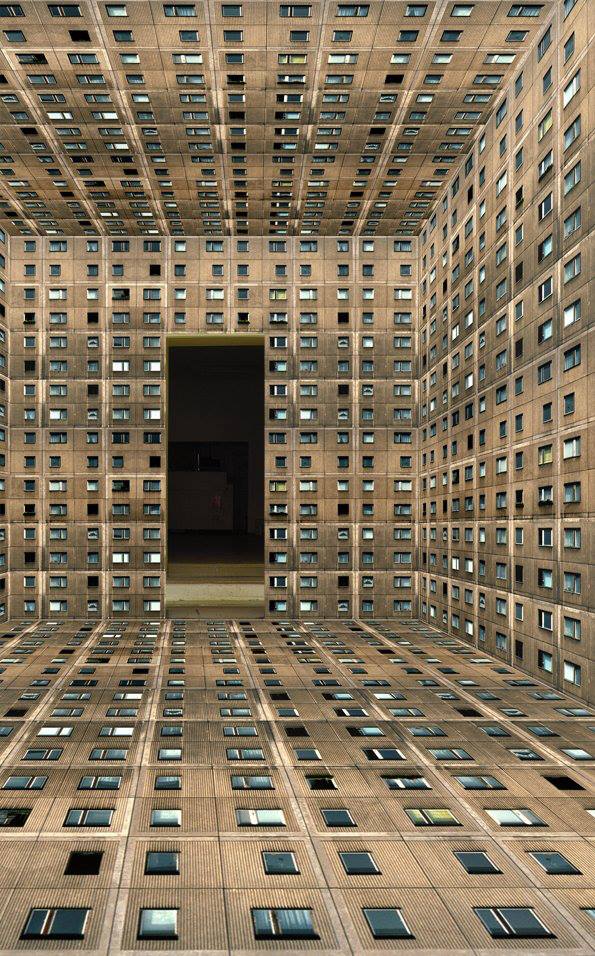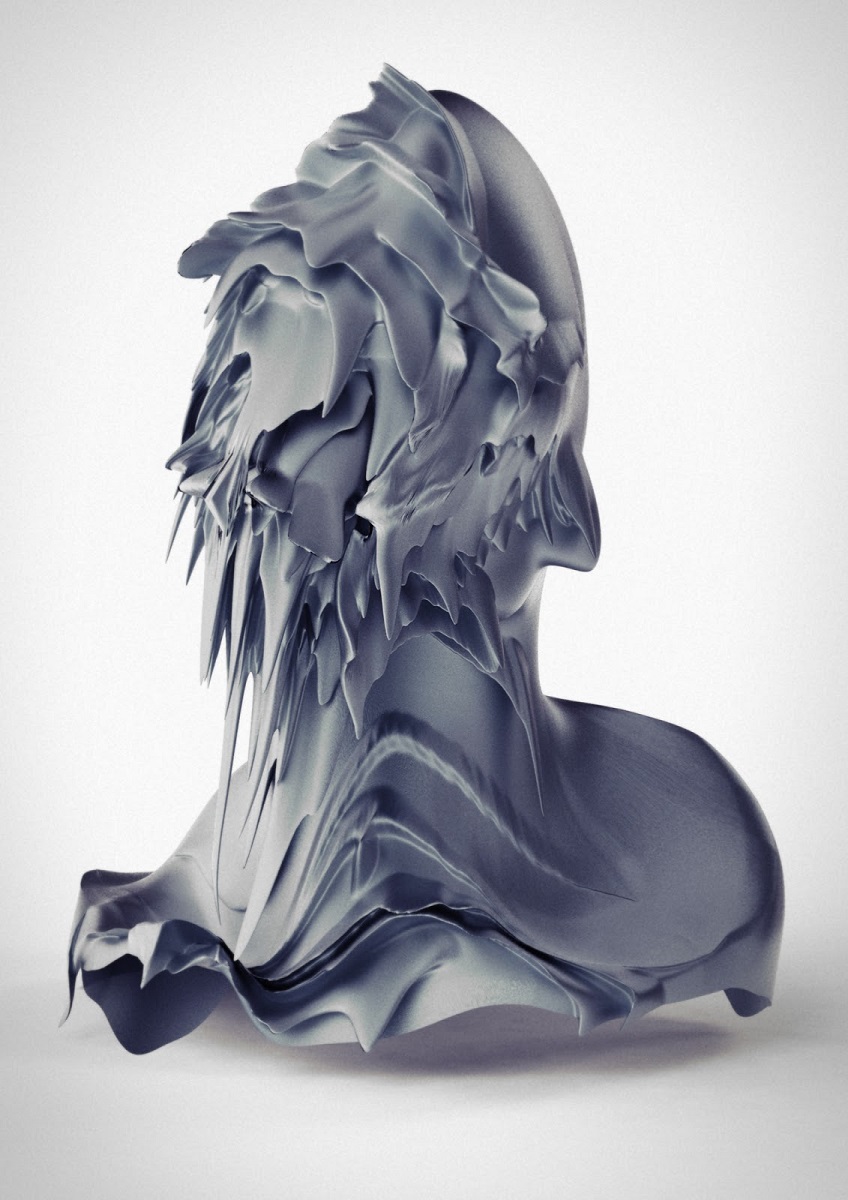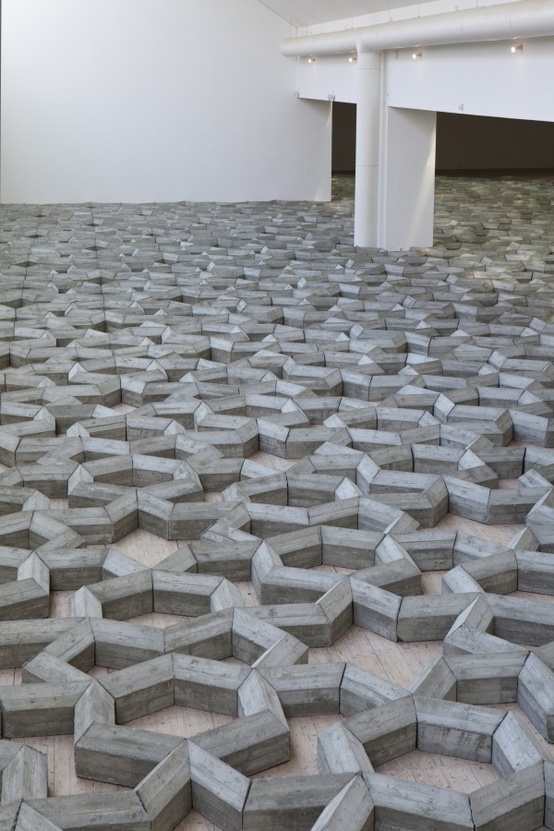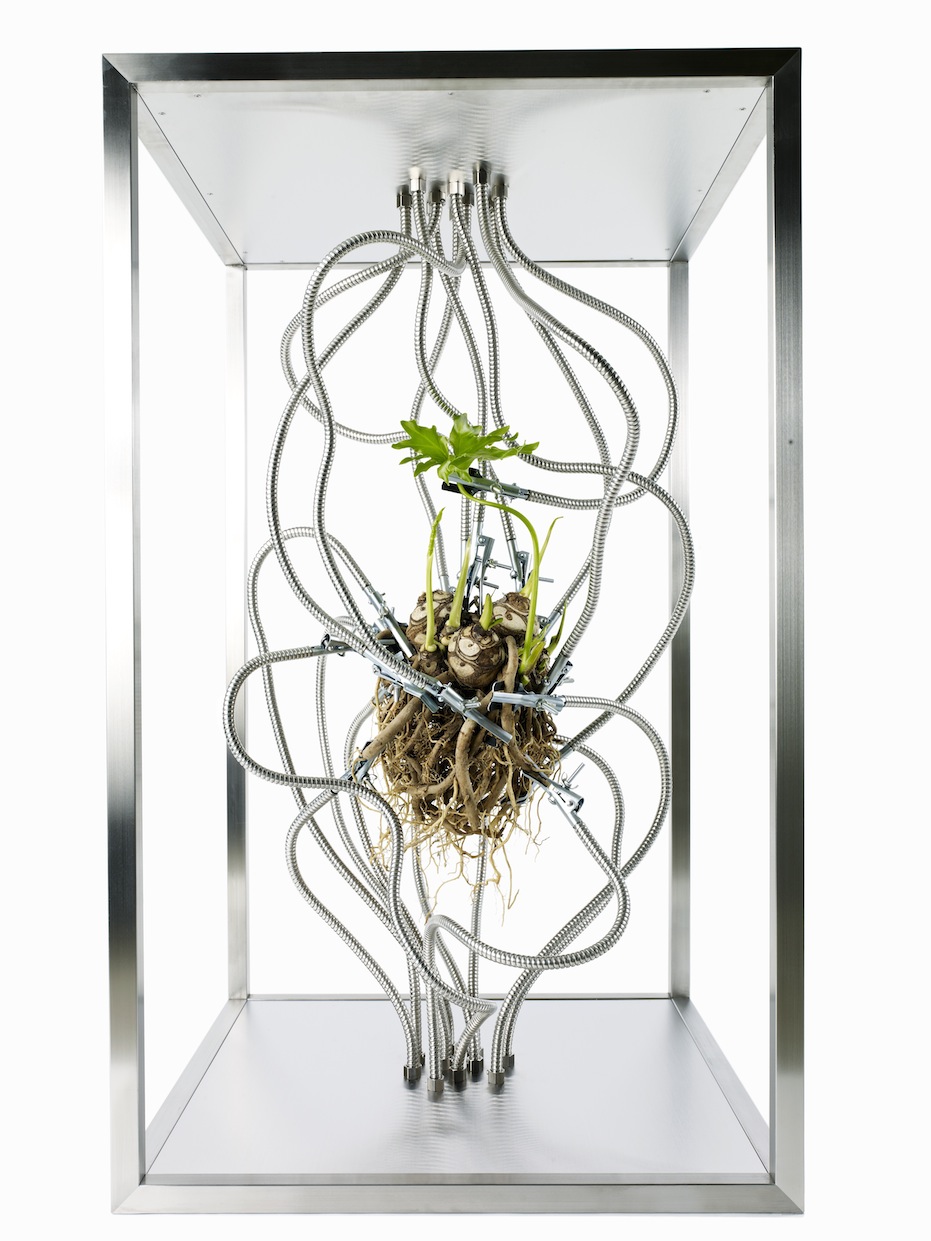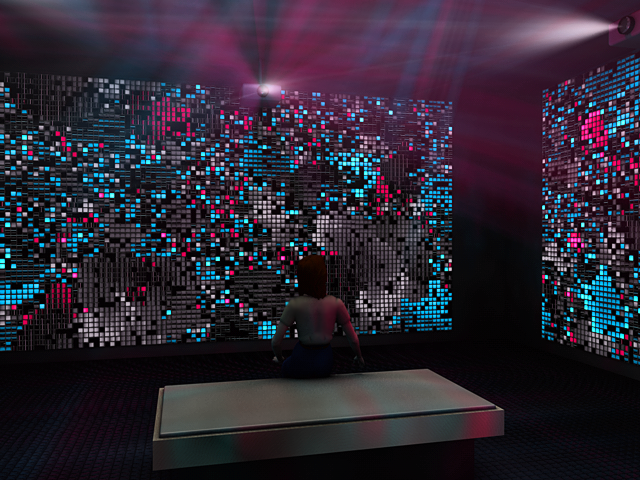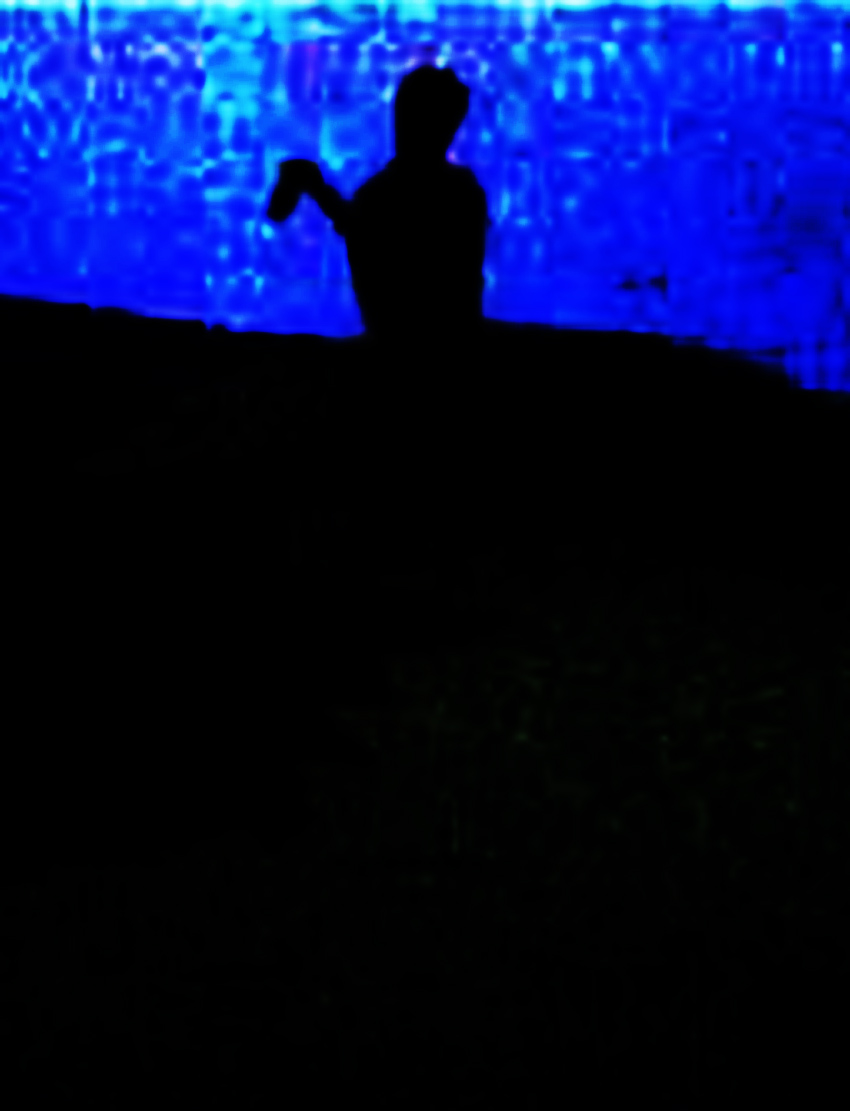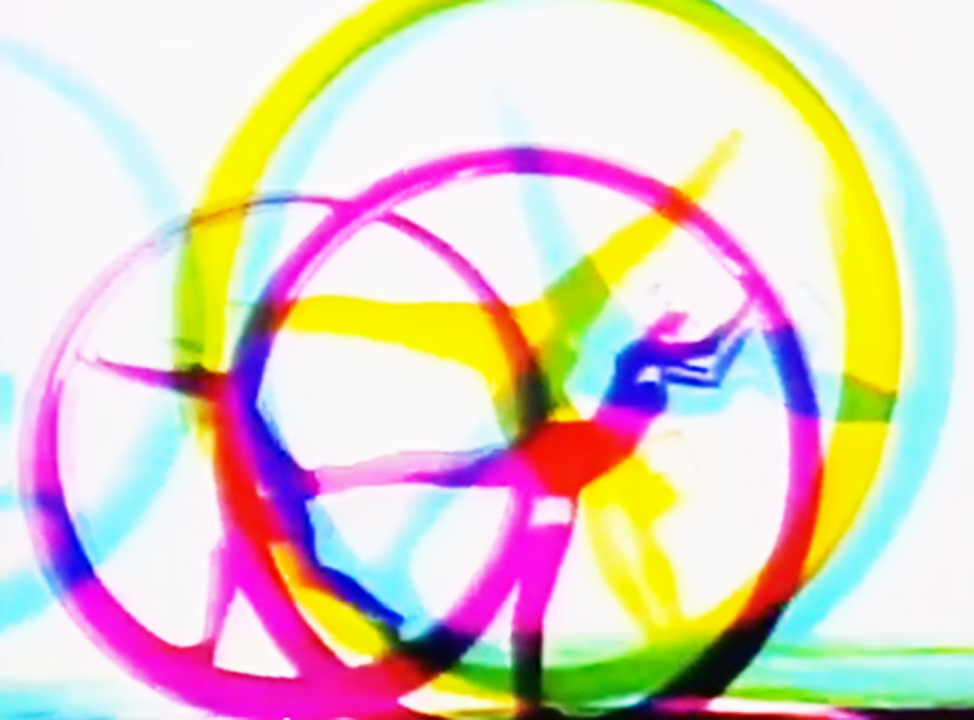
United Visual Artists
ユナイテッド·ビジュアルアーティスト
美国视觉艺术家
our time
Our Time (2016) is the latest large-scale installation by United Visual Artists investigating our subjective experience of the passing of time. How long is a moment? At what rate does time actually pass? The work joins a series of kinetic sculptures that began with Momentum (2013); an installation designed as a ‘spatial instrument’ that was to reveal the relationship between expectation and perception when intersected with a physical space.
Our Time defines a physical environment where pendulums swing at a pace apparently unhindered by the laws of nature and where no single time measurement applies. The installation combines movement, light and sound as a multi-sensory, multi-dimensional canvas the visitor can enter. Pendulums swing, each to their own rhythm, as time flows through the grid. With light tracing the path and sound its echo, the passing of time becomes almost palpable.
